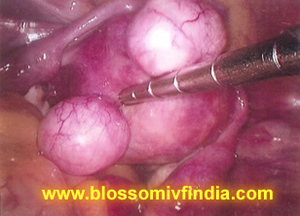How do fibroids affect Pregnancy - Fertility?
Related to Fertility | Posted on March 7th, 2017

Share the post on
Written by:
Blossom Fertility and IVF Centre - Fertility Clinic
The Centre offers state-of-the-art class *** IVF laboratory and equipments, and specialist clinical, scientific and nursing care.Excellent IVF success rates are achieved for most types of fertility tr ...
See Profile
Leave a publicly readable comment:
